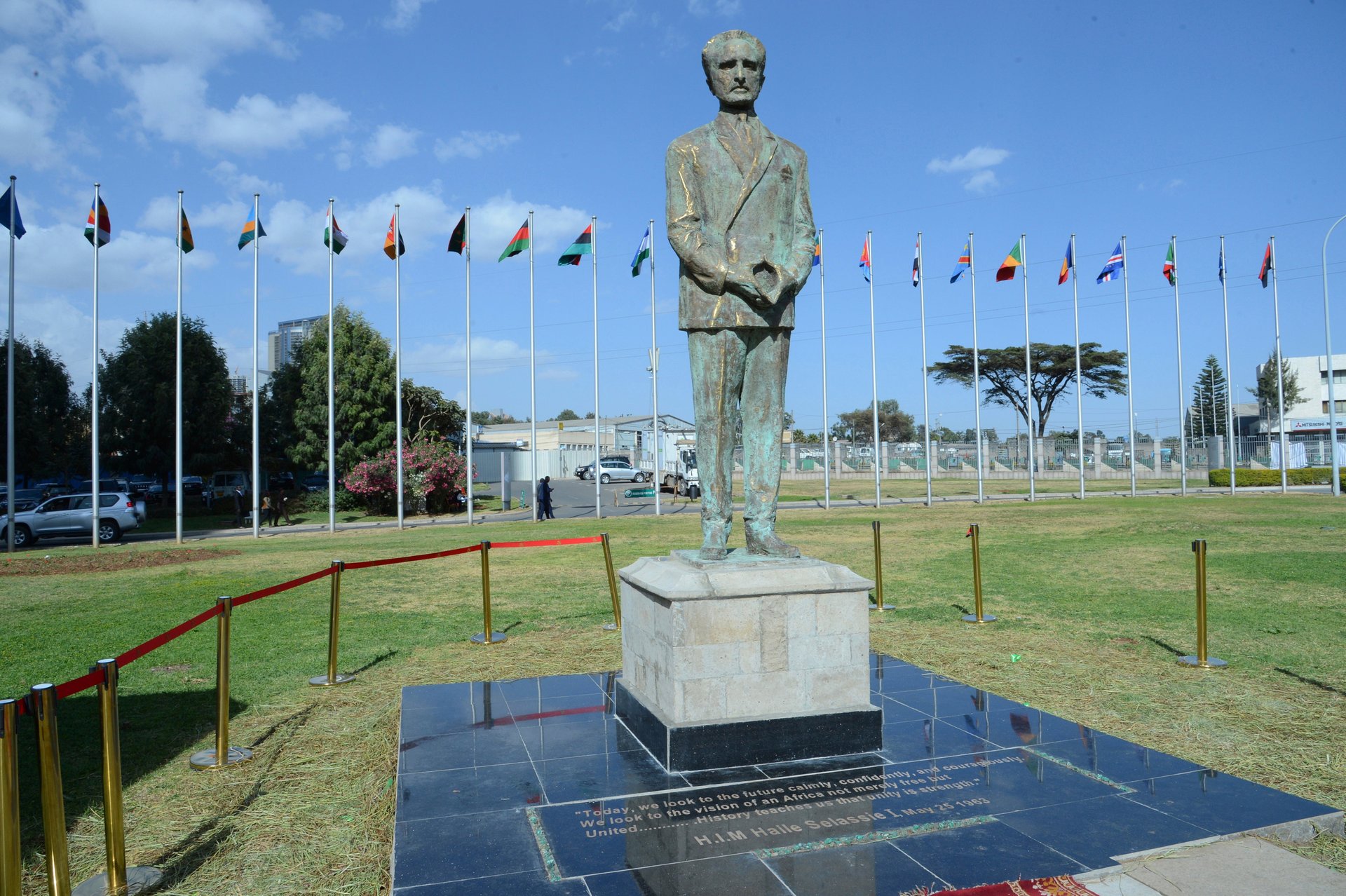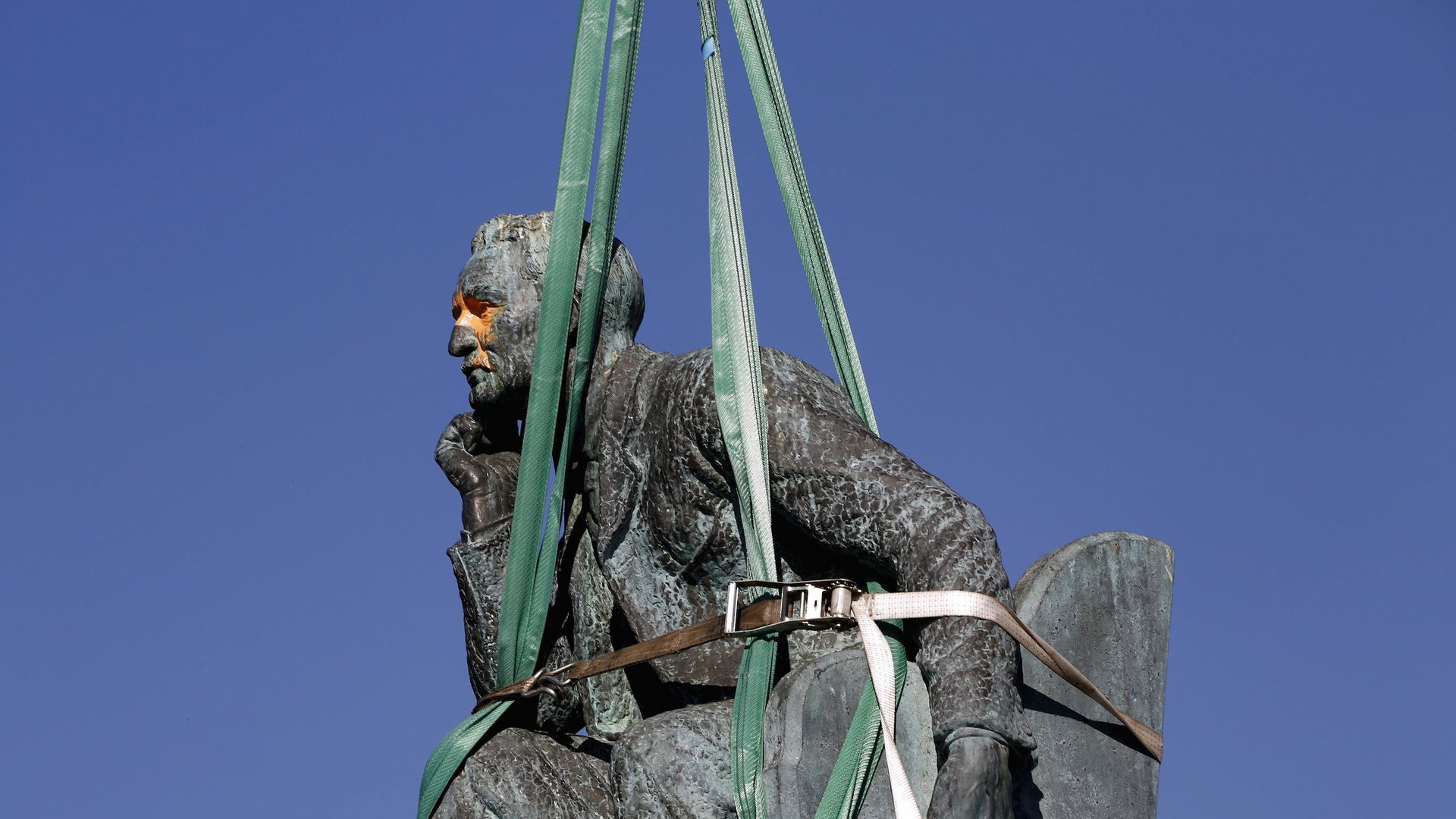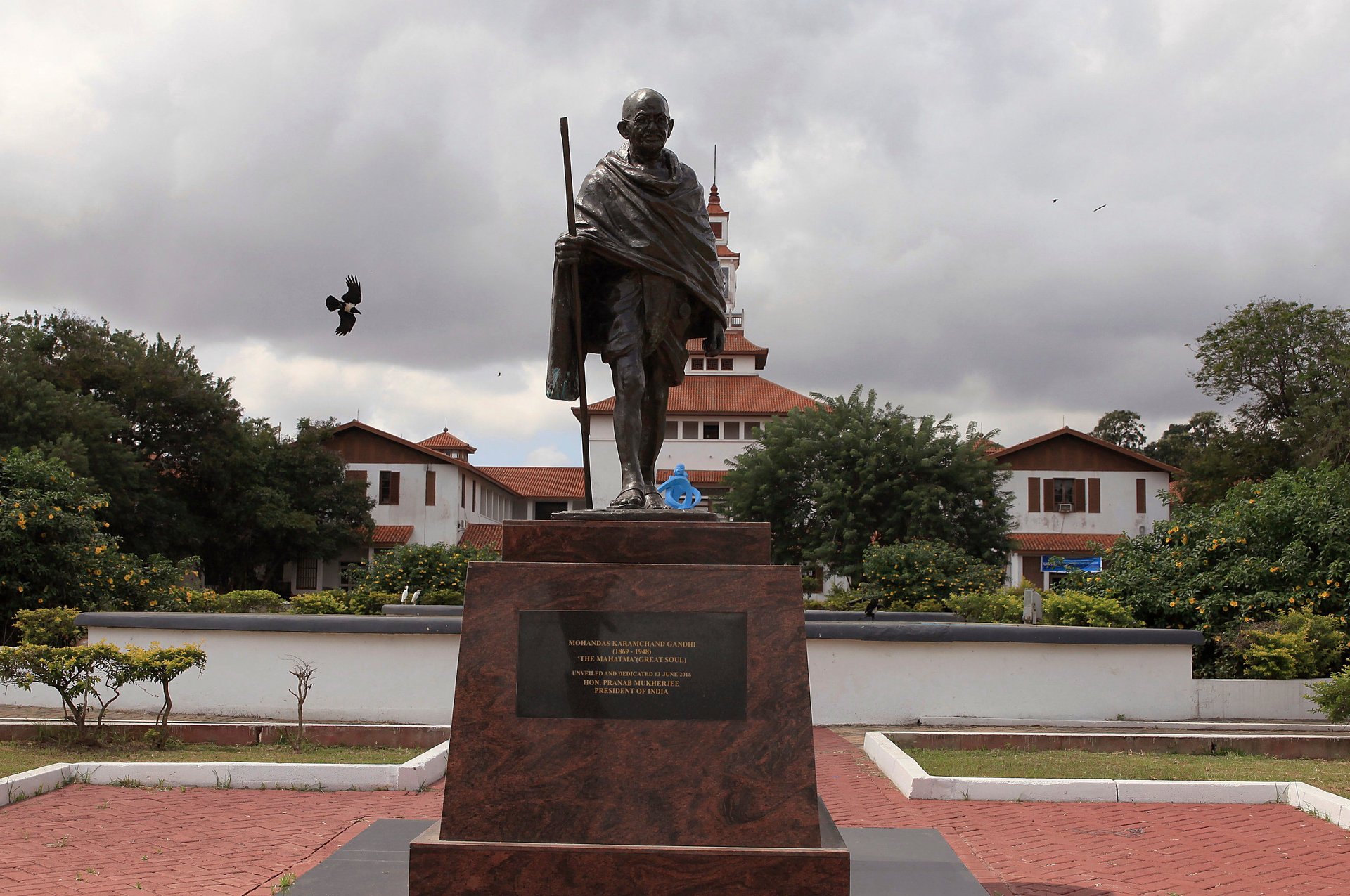Emperor Haile Selassie’s AU statue joins a growing list of Africa’s troubled memorials
The unveiling of a statue to the Emperor Haile Selassie outside the African Union has stirred up a storm among Ethiopians and Eritreans. Some, including the Rastafarian community who still worship the Emperor as a god, were delighted. Others were furious, recalling his role in the 1973-74 famine or his suppression of Eritrean freedom.


The unveiling of a statue to the Emperor Haile Selassie outside the African Union has stirred up a storm among Ethiopians and Eritreans. Some, including the Rastafarian community who still worship the Emperor as a god, were delighted. Others were furious, recalling his role in the 1973-74 famine or his suppression of Eritrean freedom.
Haile Selassie ruled Ethiopia for more than four decades, between 1930 and 1974. In 1935 his country was invaded by Italy and he sought refuge in Britain. He became a symbol of resistance to fascism in Africa, returning to the country in 1941.
An austere, aloof figure, he was finally overthrown by a group of left wing military officers in 1974, furious at the lethargy with which he had dealt with famine and the stagnation of the country. But years of war and instability since his murder and burial under a toilet in his palace, have led to a reassessment of his role and he is now seen in a more favorable light. In 2000 he was re-buried in Addis Ababa’s cathedral.
Emperor Haile Selassie is an example of how leaders have gone in and out of fashion. The movements they lead wax and wane—and with them go the reputations of those who led them. His statue, now unveiled at the African Union, is recognition of his role as a champion of African freedom against colonial intervention.
Fallen idols
In South Africa the statue of British colonialist Cecil Rhodes was removed from the University of Cape Town after students objected to his role as an imperialist. Nor did the protests end there. A whole range of works of art was removed or destroyed. This led to accusations of censorship, as the university authorities gave in to pressure from those who felt that the art demeaned the subjects they portrayed.

Cecil Rhodes was once venerated for his generosity: he donated all the land on which the University of Cape Town stands, as well as his own home, which is still the residence of the President of South Africa when he is in Cape Town.
Another fallen image includes Colonel Muammar Gaddafi, whose statue was destroyed even before the Libyan dictator had been captured and killed.
Other targets of student anger have included Mahatma Gandhi. His newly erected statue was removed at the University of Ghana in Accra. The objectors argued that he had held racist views of Africans during his time in South Africa. What they failed to understand was that his position had changed and that by the time he left the country in 1914 he was no longer the racist he had once been.

Another statue removed in South Africa was one to King Shaka Zulu at the airport in Durban that bears his name. The Zulu royal family objected to the way in which he was portrayed. Seven years later there is still no clarity on when it will be replaced. The decision to commemorate Shaka kaSenzangakhona, who ruled the Zulu people (1787-1828) is controversial in itself. The military campaign he led (the Mfecane – or “crushing”) killed and displaced a vast number of people, who were driven as far as Zambia and Malawi to escape.
Some former African leaders still have statues they commissioned standing, but in the forlorn setting of their home villages, now largely abandoned and forgotten. For example, the statue of emperor Jean-Bedel Bokassa of Central African Republic still stands some 80 kilometers (50 miles) from the capital, Bangui.
A similar fate has been suffered by Mobutu Sese Seko, the Congolese ruler of the state he then called Zaire. His palace once described as the “Versailles of Africa” is derelict, inhabited by his former troops. A statue depicting his first wife, Marie-Antoinette Mobutu, stands forgotten in the palace garden.
But there is one African president whose image is still revered by almost everybody: Nelson Mandela. Statues to South Africa’s first truly democratically elected leader can be found across the country, but it’s the one at Sandton in Johannesburg that draws the crowds. Six meters high, it towers over those who come to see it.
Way forward
What to do about the symbols of bygone regimes is always going to be a contested terrain. Few countries have got this right.
One way forward is suggested by the approach taken by the former Soviet republic of Georgia. They have no reason to worship Stalin. He was Georgian by birth but as leader of the Soviet Union he butchered 200,000 of his countrymen and women. Yet in Gori, Stalin’s birthplace, they not only preserve the hovel in which he was born, but also the vast museum built to glorify his achievement.
Visiting the museum a few years ago, I asked our young guide why every exhibit is retained intact, when his bloody legacy is so well known. “Ah,” she replied. “We must preserve the past as it was, so we can learn from it. But wait until the final room.”
Our guide was right. There – in the last room – Stalin’s crimes against the Georgians were laid out for all to see. The painful truth to put the hagiography of the rest of the museum in perspective.
Martin Plaut, Senior Research Fellow, Horn of Africa and Southern Africa, Institute of Commonwealth Studies, School of Advanced Study
This article is republished from The Conversation under a Creative Commons license. Read the original article.
Sign up to the Quartz Africa Weekly Brief here for news and analysis on African business, tech and innovation in your inbox